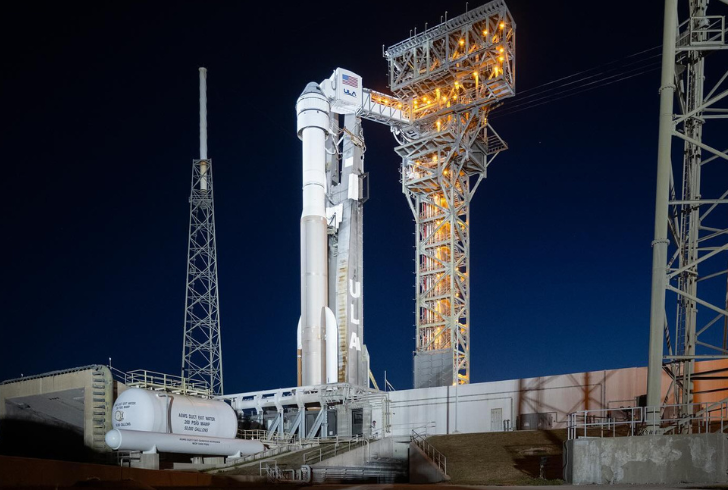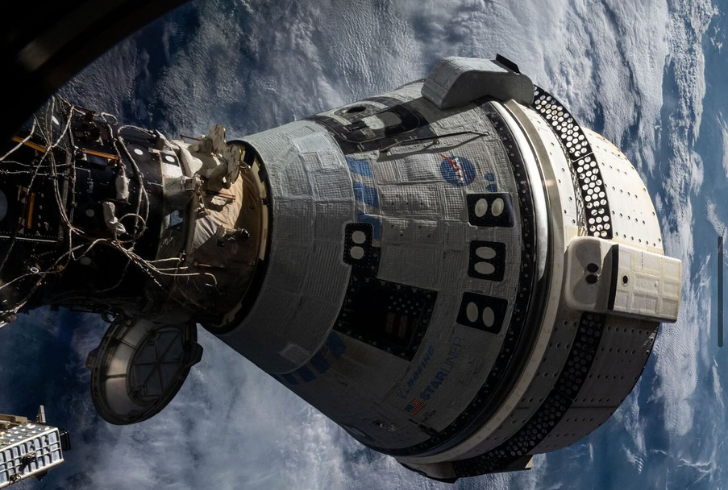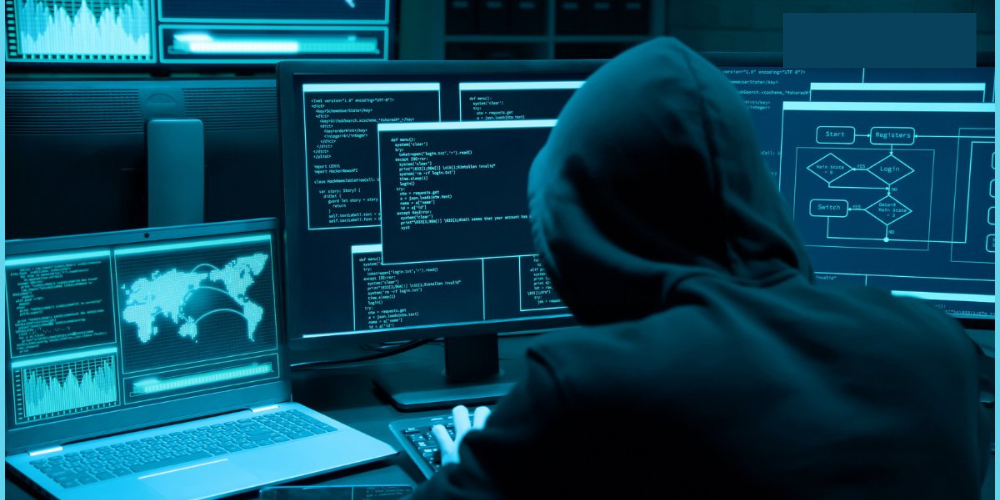NASA has decided to return Boeing's Starliner spacecraft to Earth without its planned crew, a decision announced on August 24, 2024. This step allows NASA and Boeing to continue gathering crucial data on the spacecraft during its flight home, while also minimizing risk to the crew. The decision underscores NASA's commitment to safety and careful evaluation in its space missions.
Why the Change in Plan?
The Starliner spacecraft was initially scheduled to bring astronauts Butch Wilmore and Suni Williams back to Earth. These astronauts have been aboard the International Space Station (ISS) since June, conducting essential research, maintenance, and system testing.
However, due to recent technical issues, including helium leaks and reaction control thruster malfunctions, NASA determined that returning the spacecraft with crew on board posed too much risk.
Technical Challenges and Safety Measures

Instagram | iss | The Starliner spacecraft has been thoroughly reviewed, tested, and evaluated by propulsion experts.
Since the spacecraft's approach to the ISS on June 6, NASA and Boeing engineers have been working diligently to address these issues. The Starliner spacecraft has undergone extensive data reviews, flight and ground testing, and independent evaluations by propulsion experts. Despite these efforts, unresolved technical uncertainties regarding the spacecraft's performance do not meet the rigorous safety standards required for crewed spaceflight.
NASA's Commitment to Safety
NASA Administrator Bill Nelson emphasized the importance of safety in this decision. “Space missions are inherently risky, and test flights are particularly challenging. Our decision to keep the astronauts on the ISS and bring the Starliner spacecraft back uncrewed reflects our unwavering commitment to safety," Nelson stated. This decision ensures that the risks associated with the spacecraft's return are managed effectively, allowing for a thorough assessment of the spacecraft’s systems.
Future Missions and Adjustments
Wilmore and Williams will remain on the ISS as part of the Expedition 71/72 crew until February 2025. They will return to Earth aboard a SpaceX Crew-9 Dragon spacecraft, which is slated for launch on September 24, 2024.
This adjustment allows for the integration of additional cargo and personal items, and new preparations are being made at Space Launch Complex-40 at Cape Canaveral Space Force Station in Florida to support the Crew-9 mission.
The Road Ahead for the Starliner Spacecraft

Instagram | astromikemassimino | The uncrewed Starliner return will offer key insights for future improvements.
The uncrewed return of the Starliner spacecraft will provide valuable insights into its performance and aid in future improvements. NASA and Boeing will use the data gathered from this flight to refine the spacecraft’s systems and enhance its readiness for future crewed missions. The goal is to ensure that the spacecraft meets all certification requirements for safe and reliable space travel.
Steve Stich, manager of NASA's Commercial Crew Program, noted, “The extensive testing and data collection from this flight test are crucial for understanding the Starliner spacecraft's capabilities and addressing any issues. Our focus remains on ensuring the spacecraft is fully prepared for future crewed missions.”
Looking to the Future
NASA's Commercial Crew Program continues to work towards achieving safe, cost-effective, and reliable transportation to and from the ISS. The Starliner spacecraft will play a key role in this mission, contributing to the broader goals of advancing space technology and expanding commercial opportunities in low Earth orbit.
With the spacecraft's current status and ongoing improvements, NASA aims to overcome challenges and achieve new milestones in space exploration. The insights gained from this mission will be instrumental in preparing for future missions, including those aimed at the Moon and Mars.








